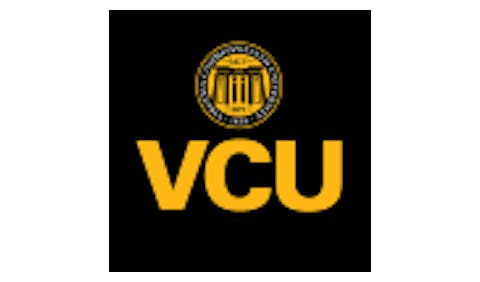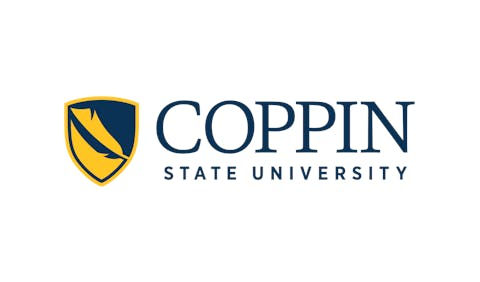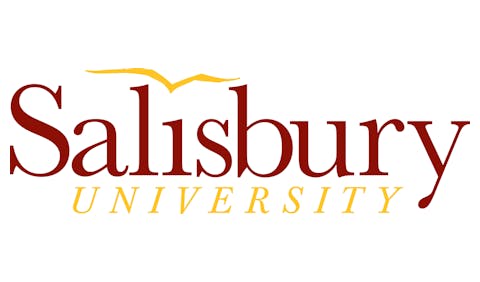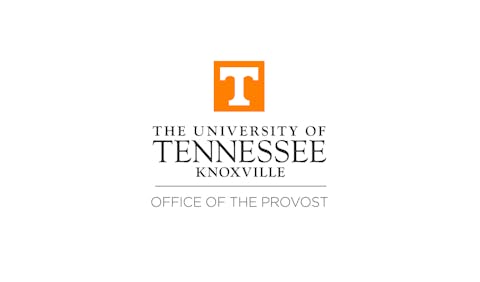 Dr. Sarina Willis
Dr. Sarina Willis
Recent BLS data shows that graduates of four-year institutions typically earn more than 40% more than someone with an associate’s degree and 66% more than someone who completed only high school. This isn't changing soon. By 2031, 72% of all jobs in this country will require education and training beyond high school. Two-thirds of all jobs that pay good salaries will go to those who possess a college degree. College, in other words, is worth it.
Historically Black Colleges and Universities play a critical role in student success. A 2023 study that examined outcomes of 1.2 million Black students found that those who initially enrolled at an HBCU were nearly 15 percentage points more likely to graduate than those who attended other types of postsecondary institutions.
The study also found that Black students who attended HBCUs had higher household incomes by age 30 than their peers.
Since Prairie View A&M was established in 1876, we have made it our mission to provide high-quality educational opportunities to students from unserved and underserved populations. Currently, nearly three-quarters of our 9,500 students are eligible for Pell Grants. To help learners earn degrees that will generate the social and economic mobility they’re seeking, we know we must provide next-generation student support. That’s why we are building a national model for student success that centers our work around removing barriers and caring for our learners.
We started this work by scrutinizing data on how we assigned classes to available classrooms. What we found was eye-opening. Many departments tried to schedule all of their courses during what we called prime time — between 8 a.m. and 3 p.m. Monday through Friday. This inefficient legacy system of classroom assignments did not support either faculty or students. Worse, it made it unnecessarily difficult for students to get the courses they needed so they could graduate on their timeline. So we ordered each department to schedule no more than 60% of their in-person classes during prime time. That resulted in fewer first-year classes being overenrolled and fewer courses overall being underutilized.
The lesson here: Individual decisions made at the department level can have an enormous impact on student success. Giving students more opportunities to take the courses they need can get more of them through the academic pipeline to graduation. Our goal now is to develop annual schedules so students can plan their classes farther ahead and maintain their academic momentum.
But even with these new strategies, some students were unable to schedule the classes they needed. The solution we found was course sharing that allowed our students to take remote courses at other institutions to satisfy academic progress, major and graduation requirements.
The key was laying the groundwork before students could enroll. That required multiple high-level conservations to create course approval policies and build reporting and grading processes. To ensure faculty buy-in, we put guardrails on our course-sharing arrangement by permitting students to take a class via course-sharing only if seats were unavailable in an equivalent Prairie View A&M class. We had to admit to ourselves that we didn’t have an infinite capacity to schedule every student perfectly, but we also knew we would always need alternative strategies to prioritize what’s best for our students. Since we began course sharing in 2022, more of our students are accessing — and passing — the courses they need to graduate on time instead of having to stay an extra semester or stopping out.
Data and course access are critical but so is providing care for each learner and helping them at times of crisis. The Student Emergency Assistance Fund helps our students cover unexpected expenses that can cause them to stop out of school. The Panther Meal Share Program meanwhile helps ensure meal credits don’t go to waste and help those in need. It makes food more accessible to our students. We must not only make college navigable but ensure bumps in the road don’t become stumbling blocks.
To supplement these efforts, last fall we launched PV Cares, which assigns each undergraduate student to a care team composed of an academic advisor, a career coach and a financial counselor. This dedicated team ensures that students have the consistent and personalized guidance they need to get their college questions answered, make smart decisions about their academics, career options and personal and college finances, and be directed to other resources to address more serious challenges. PV Cares is more than just a safety net. We’re helping our students build campus, academic and professional networks and knowledge that will set them up for success when they’re in college and after they graduate.
Our ultimate goal is to remove barriers and provide the proper support so students can continue and complete their college journey with fewer detours and realize the potential of postsecondary education. Student success is possible. By leveraging both data and care, colleges can improve outcomes for all learners.
Dr. Sarina R. Willis is Vice President for Enrollment Management and Student Success at Prairie View A&M University.
















